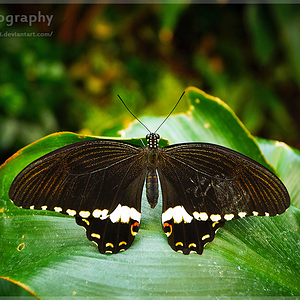LeftBehind
TPF Noob!
- Joined
- Aug 14, 2007
- Messages
- 63
- Reaction score
- 0
- Can others edit my Photos
- Photos NOT OK to edit
Ideally, I'd love to see a 50 f/1.4 and a 20 f/2.0 for around the same price, $200, but I dont think I will be able to find a 20mm prime for that cheap, or one around there.


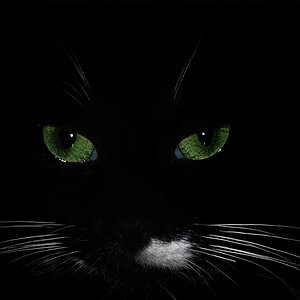
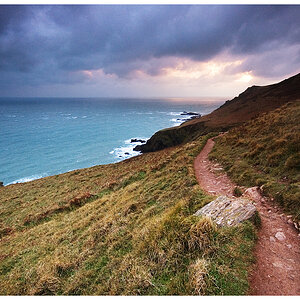
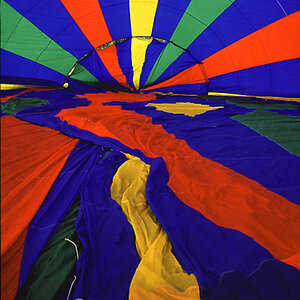
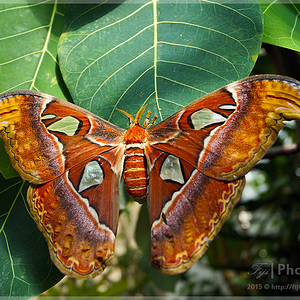
![[No title]](/data/xfmg/thumbnail/39/39290-dfb3e819bd94a7f30797638ae1ae27cf.jpg?1619738958)
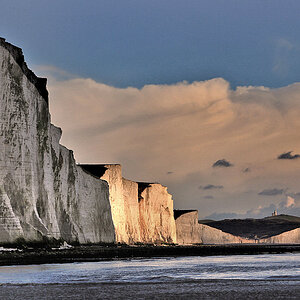
![[No title]](/data/xfmg/thumbnail/37/37660-eb4529b6ea38a042c4e9b64866178d7b.jpg?1619738174)
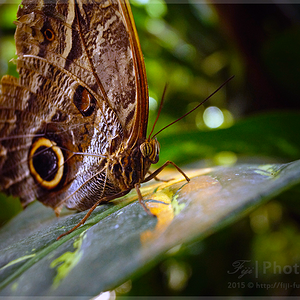
![[No title]](/data/xfmg/thumbnail/34/34063-09779b4ba56a0acb2b0fa36cf8720dfb.jpg?1619736260)
